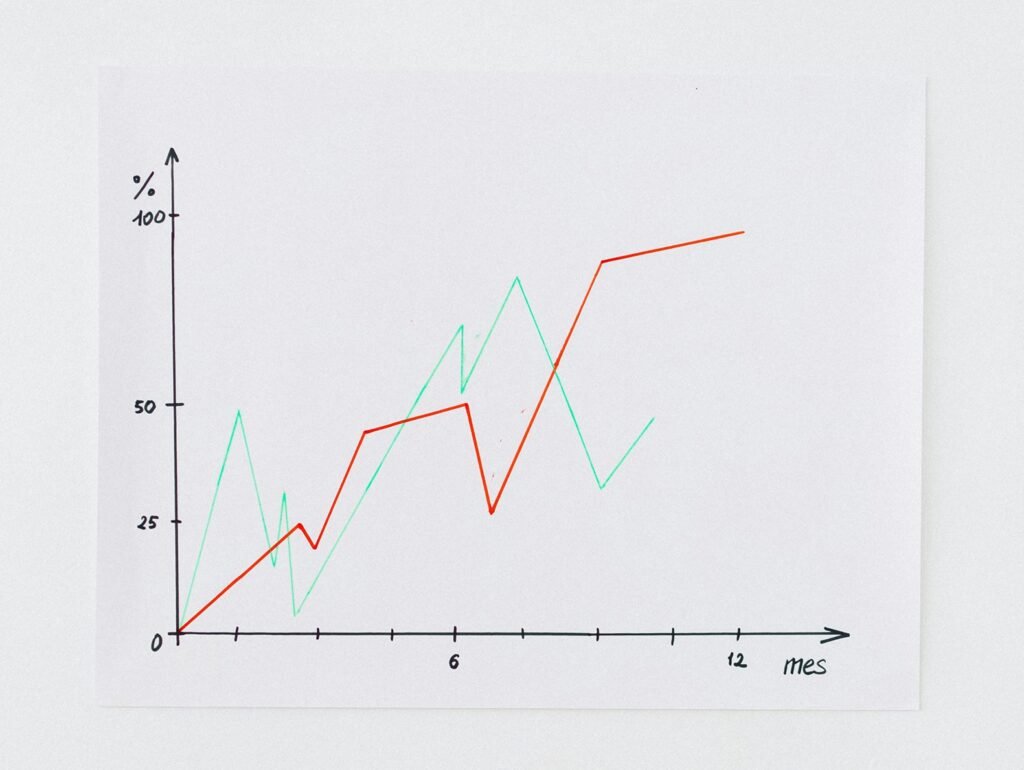Insurance is a fundamental aspect of risk management, providing individuals and businesses with financial protection against unforeseen events. However, one common concern among policyholders is the steady rise in insurance rates over time. Understanding the reasons behind these rate increases is crucial for consumers to make informed decisions and effectively manage their insurance costs.
Insurance rate increases refer to the upward adjustments in premiums charged by insurers for coverage. While these increases may seem arbitrary to policyholders, they are typically driven by a combination of market trends, economic factors, changes in risk profiles, and other underlying influences.
Insurance premiums aren’t static. Insurance companies adjust rates based on various factors to maintain solvency and offer appropriate coverage. Let’s delve into the reasons behind these adjustments.
One of the primary drivers of insurance rate increases is the prevailing market conditions and economic factors. Insurance rates are heavily influenced by supply and demand dynamics within the insurance market. When demand for coverage exceeds supply, insurers may raise rates to maintain profitability and ensure solvency.
Additionally, economic factors such as inflation, interest rates, and overall economic growth can impact insurance rates. Higher inflation rates may lead to increased claims costs, while rising interest rates can affect insurers’ investment income, prompting them to adjust premiums accordingly.
Insurers continually assess risk profiles to determine appropriate pricing for insurance policies. Changes in risk profiles, such as an increase in the frequency or severity of claims, can prompt insurers to adjust their pricing strategies. Factors such as demographic shifts, changes in consumer behavior, and emerging risks can all contribute to fluctuations in risk perception.
The claims experience plays a significant role in determining insurance rates. Insurers analyze historical claims data to assess the likelihood and cost of future claims. Catastrophic events, such as natural disasters or large-scale accidents, can have a substantial impact on claims frequency and severity, leading to rate increases across affected regions or lines of coverage.
Regulatory reforms and changes in government policies can also influence insurance rates. Compliance costs associated with new regulations may increase insurers’ operating expenses, leading to higher premiums for policyholders. Additionally, insurance laws or mandate changes may require insurers to expand coverage or adjust underwriting practices, affecting pricing decisions.
The financial performance of insurance companies is another factor that can drive rate increases. Insurers rely on premiums collected from policyholders to cover claims expenses and operating costs. Poor underwriting results, investment losses, or inadequate reserves can put pressure on insurers to raise rates to maintain profitability and financial stability.
Reinsurance plays a crucial role in spreading risk across the insurance industry. When reinsurers experience losses or reduce capacity, primary insurers may face increased exposure to risk, leading to higher rates for policyholders. Loss of reinsurance capacity can result from factors such as catastrophic events, changes in reinsurance market conditions, or regulatory developments.
Advancements in technology have transformed the insurance industry, enabling insurers to improve risk assessment and pricing accuracy. Technologies such as predictive analytics, telematics, and artificial intelligence allow insurers to understand better and price risk. However, the adoption of these technologies may require significant investment, which can contribute to rate increases.
Stay Informed: Understanding the factors influencing rates empowers you to make informed decisions.
Work with Insurance Professionals: A knowledgeable insurance agent can help you tailor your coverage and identify potential discounts.
Mitigate Risk: Consider practices that improve your risk profile, like defensive driving courses for car insurance or installing security systems for homeowners insurance.
Explore Options: Regularly reviewing your coverage and comparing rates from different providers can help you find the best value.
Reduce Coverage: Increasing deductibles (the amount you pay before insurance kicks in) can lower premiums, but make sure it remains affordable in case of a claim.
Bundling Policies: Bundling your car and home insurance with the same company can often lead to discounts.

Insurance rate increases are influenced by a variety of factors, including market trends, economic conditions, changes in risk profiles, regulatory changes, insurer performance, reinsurance capacity, and technological advances. By understanding the reasons behind rising insurance rates and taking proactive steps, you can navigate the insurance landscape more effectively and make informed decisions to protect your financial well-being.
By working with knowledgeable insurance professionals and exploring options for mitigating risk, consumers can navigate the evolving insurance landscape and make informed decisions to protect their financial interests.
1. Why are my insurance rates increasing?
Insurance rates may increase due to various factors, including market trends, changes in risk profiles, regulatory changes, and insurer performance.
2. Can I negotiate lower insurance rates?
While insurers typically set rates based on risk factors and other considerations, it may be possible to lower your insurance premiums by exploring discounts, adjusting coverage limits, or improving your risk profile.
3. How often do insurance rates change?
Insurance rates can change periodically, depending on market conditions, regulatory changes, and other factors. It’s essential to review your insurance coverage regularly and shop around for competitive rates.
4. Are there any strategies for reducing insurance costs?
Some strategies for reducing insurance costs include bundling policies, improving risk management practices, increasing deductibles, and maintaining a good claims history.
5. Should I switch insurers to get a better rate?
Switching insurers may be an option to explore if you’re unhappy with your current rates or coverage. However, it’s essential to consider factors such as coverage options, customer service, and reputation when comparing insurers.